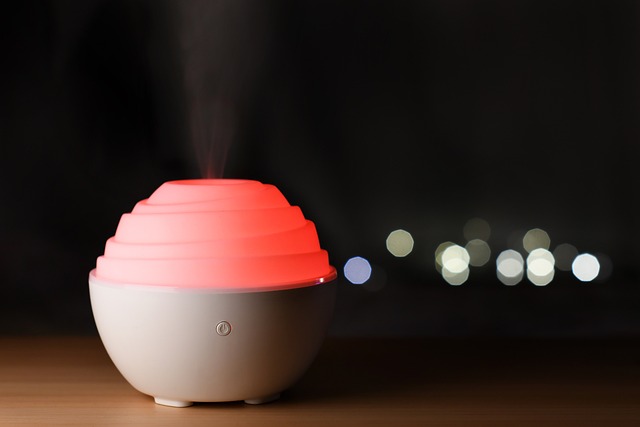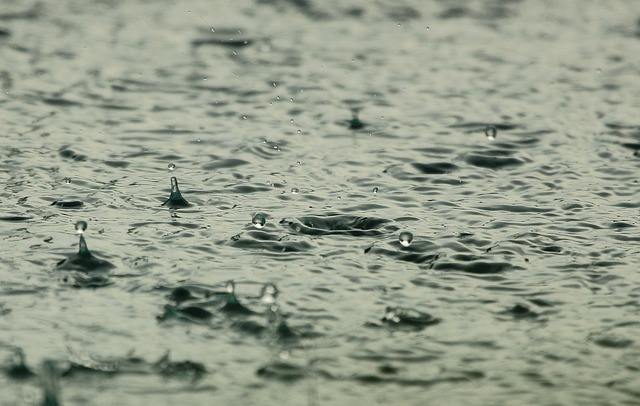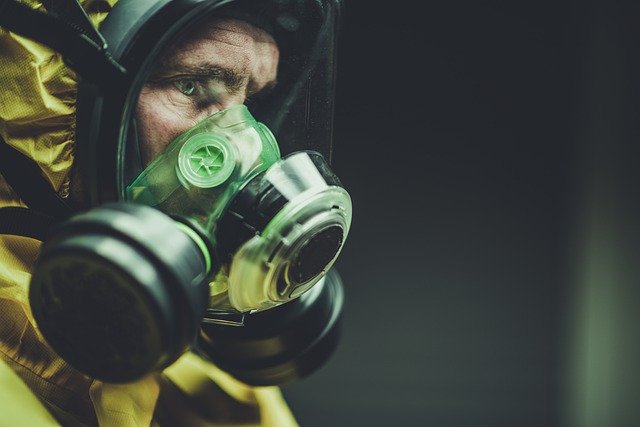What is meant by ‘Indoor Air Pollutants”?
Air pollutants are basically those substances that can affect the quality of the indoor air in a negative manner. This includes the air inside houses, closed spaces like residential apartments, commercial and administrative buildings, offices etc. Indoor air pollutants are harmful for the human health.
For more information, you may also be interested in Indoor Air Pollution- Sources, Effects and Solutions
Common Indoor Air Pollutants:
Some common indoor air pollutants are mentioned below:
1. Biological Pollutants:
Such pollutants include viruses, bacteria and other disease causing microorganisms. these biological pollutants may be carried inside via outdoors, or be transmitted by animals in the form of fleas, ticks etc. Maintaining proper hygiene of pets and keeping the house disinfected can reduce such pollutants.
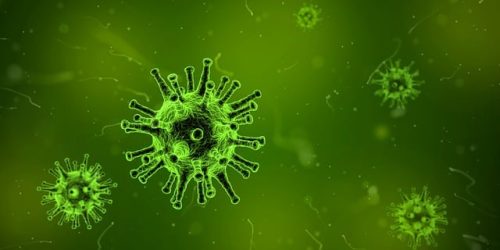
2. Pollen and Dust:
Pollen arising from flowers or seasonal changes may cause many allergic reactions accompanied with symptoms like coughing, sneezing and wheezing. Dust or dust mites can be found underneath carpets, mats or behind curtains. Both of these can act as pollutants as they may trigger allergies or other underlying breathing conditions such as Asthma. Regularly cleaning the carpets, rugs and curtains will help get rid of dust mites from houses. Prevent dust from gathering in homes and furniture surfaces by regularly wiping them down using a damp cloth.
3. Molds:
Molds and mildews are the terms used generally for describing any sort of fungus growing in homes due to the presence of moisture. These molds can grow on damp surfaces like wallpapers, insulation, walls, wood surfaces and vents of the central heating and cooling systems. Molds and Mildews rely on dead organic matter to grow and form soft white, green or yellow colonies. They can be toxic if not addressed as their spores can act as allergens triggering asthma and they also cause diseases like histoplasmosis.
4. Carbon Monoxide:
Carbon monoxide (CO) is formed from the incomplete burning or combustion. it can be a pollutant in homes where gas fueled heaters, cooking cylinders and other appliances like grills, wood stoves and furnaces are used. CO poisoning occurs when these gas equipment are used inside homes without ventilation which leads to high levels of carbon monoxide in the blood causing loss of consciousness and death.
Also check out: Sources and Effects of Common Air Pollutants
5. Ozone:
Ozone (O3) is present in atmosphere, but while outdoor ozone levels are definitely higher, some ozone may also be formed indoors when polluted air reacts with sunlight or is exposed to ultraviolet radiation. O3 acts as a pollutant as it can irritate lung and throat passages and aggravate existing respiratory conditions.
6. Tobacco Smoke:
Smoke is the one generated by cigarette smokers that introduce carbon monoxide, nicotine and a number of other carcinogenic substances inside homes. While smoking causes harmful health effects to the smoker such as cancer, cystic fibrosis and decreased lung function; the smoke exhaled by the smokers is called passive smoke and is also harmful for the environment and any individual present. it can cause eye or throat irritation and breathing problems on exposure particularly in children. Passive smoking is more harmful than active smoking. Also check out: Environmental Impacts of E-cigarettes and Vapes.
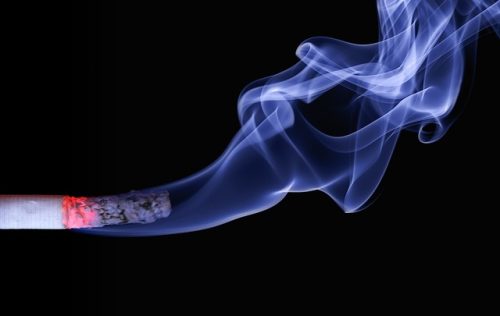
7. VOCs:
Volatile Organic Compounds are present in a number of household products containing organic solvents such as cleaning products, paints, varnishes, art supplies, glues, wood furnishing polish, floor waxes and air fresheners to name a few. Common VOCs are formaledhyde, toulene, benzene, styrene and xylenes that can stay indoors for a longer period of time than outdoors.
The VOC level indoors is about 4 times higher than outdoors and they can cause undesirable health effects. Toulene causes developmental problems in pregnant women. Styrene disrupts the hormonal balance in humans, xylene is linked to birth defects, formaldehyde and benzene are carcinogens. To reduce their levels indoors, proper ventilation must be provided while using products that contain such VOCs.
8. Radon:
Radon is an colorless and odorless gas found naturally in uranium containing soils and rocks. When these soils or rocks decay they give off radon gas that is radioactive. Uranium is commonly found in granites and rocks that are crushed to make building construction material. This can lead to radioactive emissions inside the building.
9. Pesticides:
These are the sprays and chemicals used in homes to get rid of cockroaches, rats and other rodents but they also contain harmful chemicals which can be very toxic if it comes into skin contact or ingested as they contain neurotoxins and can cause neurological, kidney and liver conditions.
10. Toxic Materials:
Toxic substances including heavy metals like lead, asbestos, mercury etc. are usually found in many household supplies like thermometers, batteries, clocks, paints, pipes, soundproofing materials etc.
You may also be interested in 10 Indoor Plants for Improving Indoor Air Quality at Home
We hope you liked this post! Please comment below if you have any suggestions, comments or feedbacks! We at #envpk love hearing from readers! Thanks.

